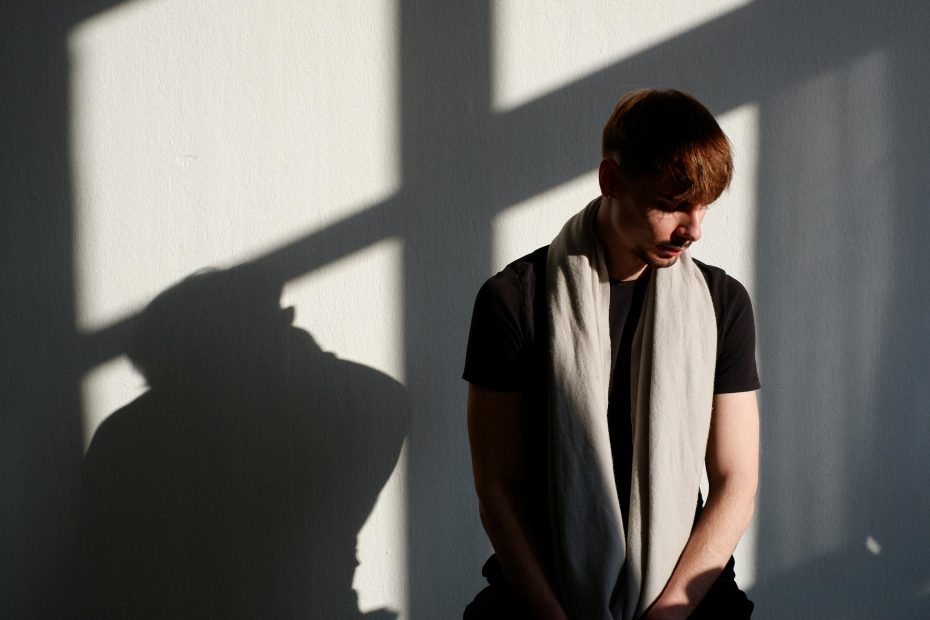Imagine living on an emotional rollercoaster, where love and hate alternate within minutes, and the fear of abandonment is always lurking — even when everything seems fine. For someone living with Borderline Personality Disorder (BPD), this is a constant and exhausting reality.
BPD is one of the most complex and misunderstood personality disorders. Often associated with “dramatic” or “over-the-top” behavior, it goes far beyond that. The mind of a person with borderline is an emotional battlefield, where intense feelings and extreme thoughts collide all the time.
In this article, we’ll explore what really happens in the mind of someone living with this disorder, debunking myths and shedding light on the daily challenges faced by those with BPD.
What is Borderline Personality Disorder (BPD)?
Borderline Personality Disorder is a mental health condition characterized by emotional, behavioral, and interpersonal instability. It affects around 2% to 5% of the global population and is more common in women, although men can also be diagnosed with it.
The hallmark of BPD is difficulty in regulating emotions. This causes the person to experience intense feelings and sudden mood swings, which directly impact the way they relate to themselves and others.
BPD typically appears in late adolescence or early adulthood and, without proper treatment, can cause significant suffering and difficulties in various areas of life — including relationships, work, and overall mental health.
Symptoms of BPD: When Emotions Are a Rollercoaster
People with BPD live in a state of emotional high intensity. The most common symptoms include:
🔥 1. Instability in relationships
People with BPD tend to idealize someone one moment and then devalue them the next over seemingly minor issues. This “black or white” view of relationships makes them intense and unstable.
➡️ “Sometimes I feel like I love someone too much. But then, suddenly, anything they do irritates me so much that I just want them to disappear.” – Testimony from a person with BPD.
🌪️ 2. Intense fear of abandonment
The fear of being abandoned is one of the main markers of BPD. This feeling can cause the person to act impulsively or desperately to avoid abandonment — even when it’s not real.
➡️ “If someone takes too long to reply to a message, my heart starts racing. I begin to think they hate me and that they’ll never want to talk to me again.”
💥 3. Intense anger and difficulty controlling it
Anger in people with BPD is explosive and often disproportionate to the situation. It can manifest as verbal or even physical aggression.
➡️ “I scream, throw things, say things I don’t mean. Then I feel terrible, but in the moment, I can’t seem to stop myself.”
🎭 4. Rapid and intense mood swings
The mood of someone with BPD can shift within minutes or hours — from intense happiness to deep despair — all without a clear external cause.
➡️ “One moment I’m excited to go out, and the next, I just want to lock myself in my room and cry.”
🔮 5. Constant feeling of emptiness

Even in moments of calm, it’s common for someone with BPD to feel a deep emotional emptiness.
➡️ “Sometimes it feels like nothing makes sense. I have friends, I have family, but still, it feels like something’s missing.”
💔 6. Self-harm and self-destructive behavior
Impulsivity is a hallmark of BPD. This can lead to risky behaviors such as self-harm, substance abuse, unprotected sex, or reckless spending.
➡️ “I cut myself because it makes me feel something. It’s like the physical pain relieves the chaos in my head.”
What Happens in the Mind of Someone with Borderline Personality Disorder?
🧠 The biology behind extreme emotions
Brain imaging studies show that people with BPD have increased activity in the amygdala — the part of the brain responsible for processing emotions, especially fear and anger.
Additionally, the prefrontal cortex — which regulates emotional control and decision-making — is less active. This explains why people with BPD struggle to “turn off” intense emotions and act rationally in the face of conflict.
Everyday Challenges
💼 1. At work
Impulsivity and emotional instability can create challenges in the workplace. Outbursts of anger or difficulty handling criticism can affect relationships with colleagues and supervisors.
❤️ 2. In romantic relationships
Romantic relationships are often intense, marked by moments of love and hate. The constant fear of abandonment makes someone with BPD seek validation at all times, which can create a cycle of emotional dependency.
👫 3. In friendships
Friends may struggle to deal with emotional instability. The fear of abandonment and sudden mood changes can push people away, reinforcing feelings of loneliness.
Treatment and Paths to Balance
Although BPD is a challenging disorder, there are effective treatments that help improve quality of life and emotional regulation:
🌿 1. Dialectical Behavior Therapy (DBT)
DBT is the most recommended treatment for BPD. It teaches skills to regulate emotions, handle conflicts, and reduce impulsive behavior.
💊 2. Medication
While there’s no specific medication for BPD, antidepressants, mood stabilizers, and antipsychotics can help manage symptoms.
🧘♂️ 3. Mindfulness and meditation
Mindfulness techniques help people with BPD connect with the present moment and reduce emotional intensity.
Debunking the Myths About BPD
Borderline Personality Disorder is not “drama,” “attention-seeking,” or “manipulation.” It’s a serious mental health condition that causes genuine suffering for those living with it. Understanding and support from friends, family, and mental health professionals are essential to helping people with BPD find balance and improve their quality of life.
For those living with BPD, it’s important to know that there’s hope and that treatment can make a significant difference. Through therapy, support, and self-awareness, it’s possible to build healthy relationships, control intense emotions, and find a path to inner peace.
➡️ If you or someone you know is struggling with BPD, seek professional help. You are not alone — and balance is possible. ❤️
